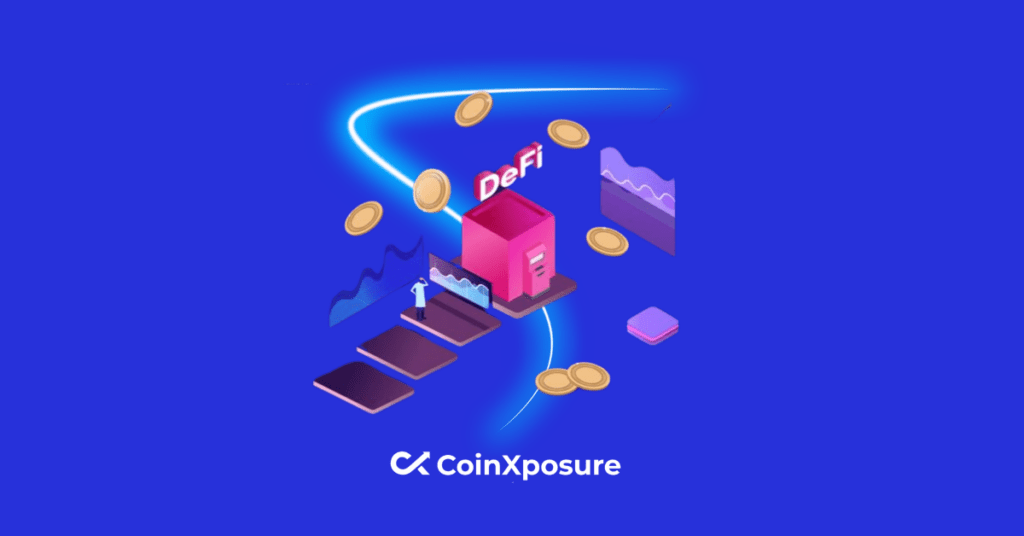Decentralized finance lending and borrowing are set to transform the financial sector, giving it an edge previously unavailable. This article discusses the basics of DeFi lending and borrowing.
The rise of Decentralized Finance has boosted the opportunities for blockchain use in the creation of financial apps. DeFi, or decentralized finance, has recently acquired popularity since it has raised large sums of funding for many businesses.
You’ll be shocked to learn that about $20.46 billion is locked in Decentralized Finance protocols, demonstrating that the popularity of DeFi apps has grown significantly.
This has impacted the expansion of DeFi lending and borrowing. DeFi lending and borrowing is one of the burgeoning segments of the cryptocurrency economy.
These loans allow cryptocurrency investors to lend their assets while earning hefty interest.
What is DeFi Lending and Borrowing?
DeFi lending entails users lending their digital assets to earn income, whereas DeFi borrowing allows users to borrow assets by providing collateral.
This adds to the broader concept of decentralized finance, which seeks to produce more accessible and inclusive financial services.
DeFi lending platforms enable users to lend and borrow crypto assets without relying on an intermediary like a bank or traditional financial institution.
Users can access loans and earn interest on their investments without dealing with a lengthy application process or incurring high fees.
How DeFi Lending and Borrowing Works
DeFi lending and borrowing platforms operate using smart contracts. Smart contracts are contracts that execute themselves and are stored on a blockchain.
When users deposit their crypto assets into a DeFi lending platform, they essentially engage in a contractual agreement with the platform.
The smart contract will autonomously carry out the loan terms, including the interest rate and repayment schedule.
Exploring the mechanics of DeFi borrowing reveals the possibilities beyond just earning interest on assets in a lending platform.
Understanding the potential of lenders is more important than simply being one.
Understanding the concept of collateral is crucial before delving into this aspect.
Decentralized protocols provide unrestricted access, leading to the inability to calculate a secure loan amount using conventional metrics such as credit, equity, or income.
On borrowing platforms, users are required to pledge crypto assets as collateral.
DeFi loans require a significant amount of collateral. When borrowing against assets, individuals can only access a portion of the collateral they provide.
For example, by lending $10,000 in ETH, you could receive up to $7,500 in DAI or other assets, about 75% of the collateral you provided.
Although it may appear complex at first, verifying borrowers’ ability to repay their loans is essential. If repayment terms are not met, there may be a need to sell off the assets used as collateral.
For example, Aave allows users to choose between fixed and variable interest rates, while Compound only offers variable interest rates for loans.
When interest rates change, liquidation is risky if the Annual Percentage Yield (APY) goes above a specific threshold. These loans require consistent monitoring and attention because of their unpredictable nature.
However, they frequently offer lower interest rates than fixed-rate loans based on the current lending and borrowing amounts.
Next, let us examine some of the benefits of DeFi lending and borrowing.
Benefits of DeFi Lending and Borrowing
Some of the known advantages of DeFi lending and borrowing include:
- 24/7 Availability
- Accountability
- Smart contracts and security
- Interoperability and programmability
- Liquid provision and collateralization
- Embracing innovation and transparency
- Minimized counterparty risk and enhanced interoperability
24/7 Availability
DeFi platforms function non-stop, allowing users to engage in lending, borrowing, or asset management without being restricted by traditional banking hours.
Accountability
Accountability is one of the primary advantages of DeFi lending and borrowing. Blockchain is a public ledger that can provide on-demand records of all DeFi loans and the policies and laws that underpin those loans.
The public distributed ledger is proof of all financial transactions when a DeFi loan is authorized.
Smart Contracts and Security
Utilizing smart contracts guarantees platform decentralization, overseeing fund transfers, transactions, and computations transparently and securely.
Interoperability and Programmability
Using the interconnected software stack, one may ensure that the Decentralized Finance lending protocols complement and integrate with one another.
Also, smart contracts are highly programmable, allowing the creation of financial instruments and digital assets.
Liquidity Provision & Collateralization
Providing liquidity to borrowers allows lenders to earn interest, while collateralization helps reduce risks and ensures borrowers’ commitment to loan repayment.
Embracing innovation and transparency
Decentralized Finance platforms bring new ideas that disrupt conventional financial models, providing extensive transparency and traceability via blockchain records.
Minimized Counterparty Risk & Enhanced Interoperability
Counterparty risk is reduced through collateralization and automated smart contracts, enabling smooth integration across different platforms.
Let’s also see some risks associated with DeFi lending and borrowing.
Risks of DeFi Lending and Borrowing
Some risks associated with the use of DeFi lending and borrowing include:
- Flash Loan Attacks: Cases of individuals manipulating the market and taking advantage of DeFi protocols for their benefit.
- No credit scores: The absence of credit scores impacts lenders’ confidence and security in the decentralized environment.
- Impermanent Loss: Risk liquidity providers encounter fluctuations in asset prices in liquidity pools.
- Rug Pulls: Deceptive rug pulls by developers can lead to exit scams, affecting users’ funds and trust.
- Smart Contract Risks: Risks are inherent in the coding of smart contracts and require careful attention and examination.
- Rapidly fluctuating APY: The volatility in APY poses risks for liquidity providers engaged in yield farming activities.
Moving ahead, we would look into some top DeFi lending and borrowing platforms.
Top DeFi Lending and Borrowing Platforms
Several DeFi lending and borrowing platforms have gained popularity, each providing distinct features and advantages to users.
Some of these platforms are:
- Compound
- Aave
- Celsius network
- MakerDAO
- Compound Labs
- Synthetix
- YouHodler
- Venus Protocol
- Nexo
Compound

Compound is an autonomous interest DeFi lending rates protocol in open financial applications. Users can generate a passive income by depositing Crypto or borrowing and interest crypto.
Compound allows holders to vote on some decisions, such as technical upgrades to the platform and the addition of additional assets.
As a crypto lender, you will receive a CToken based on the amount you contributed to the liquidity pool. A CToken is specific to the digital assets available in the liquidity pool.
These tokens will earn interest at the liquidity pool’s relevant interest rate. The top three markets on Compound are USDC, ETH, and DAI.
Aave

Aave remains a leader in the DeFi lending and borrowing sector, offering various assets for lending and borrowing.
One standout aspect is the “Flash Loans,” which enable users to borrow without needing collateral, provided the borrowed amount is repaid within the same transaction.
Celsius Network
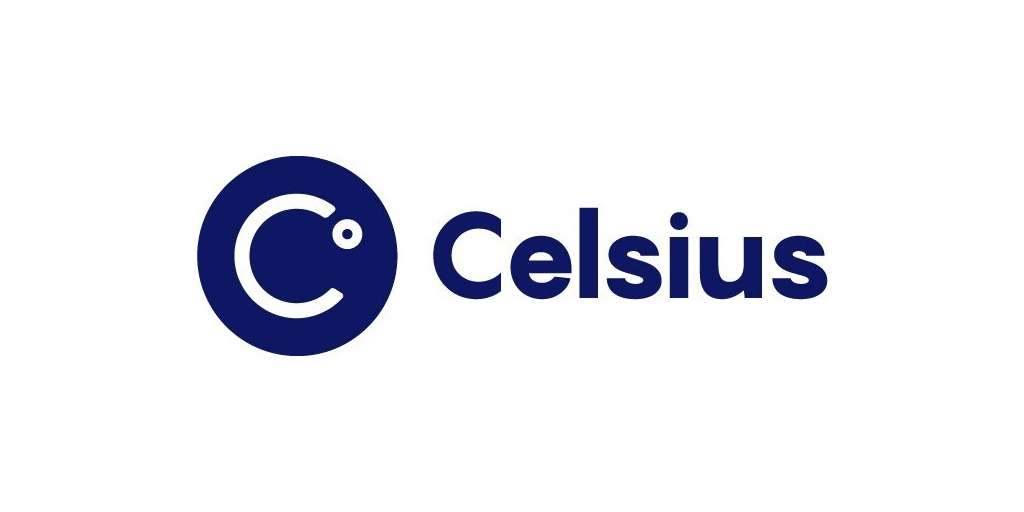
Celsius Network offers users attractive returns on their crypto holdings and the option to borrow against their assets.
The mobile app is easy to use and provides interest payouts in various cryptocurrencies, setting it apart from the competition.
MakerDAO
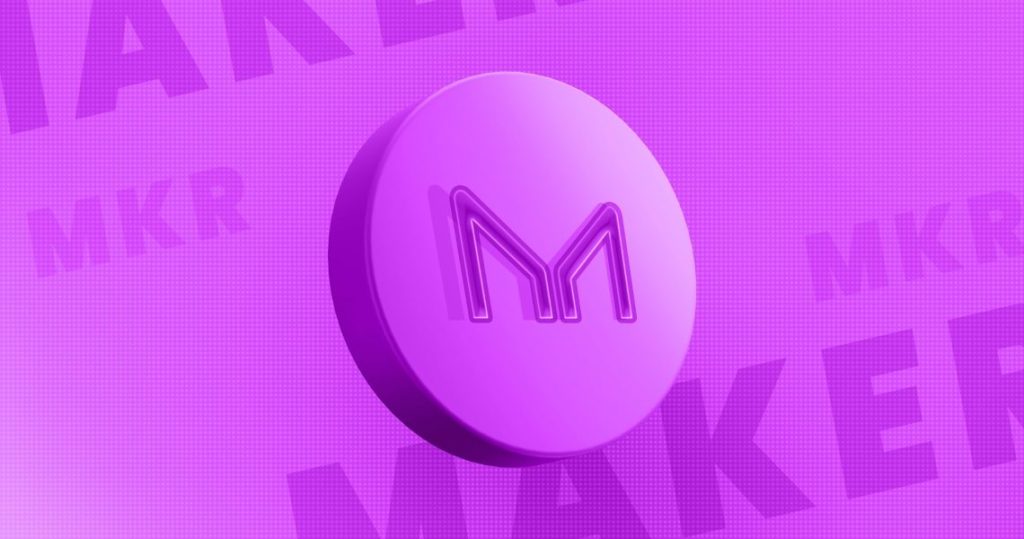
MakerDAO is a DeFi lending and borrowing platform that allows you to borrow only DAI tokens. DAI is a type of stablecoin tied to the US dollar.
You can easily borrow DAI through Maker by supplying collateral such as BAT or ETH.
MakerDAO users are encouraged to participate in operational earnings, essentially the network’s interest rates. Users can borrow DAI for up to 66% of the collateral value.
Compound Labs

Not to be confused with Compound Finance, Compound Labs has launched a DeFi platform that focuses on cross-chain liquidity. Its lending technology works across many blockchains, maximizing users’ lending prospects.
Synthetix
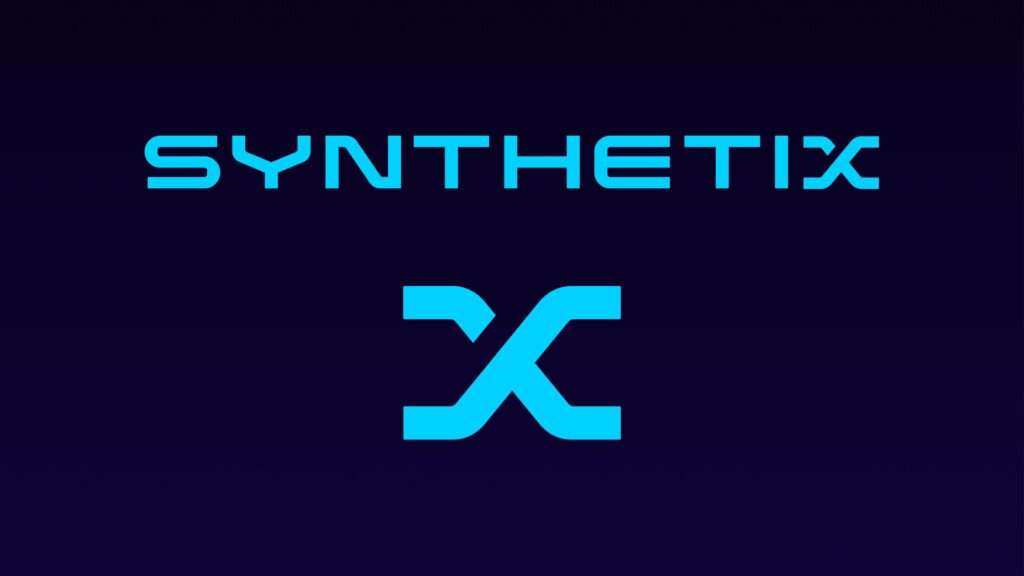
Synthetix goes beyond lending, allowing users to create and trade synthetic assets that mirror real-world assets. This platform fosters a unique combination of DeFi lending and synthetic asset generation.
YouHodler

YouHodler is a DeFi lending and borrowing platform that combines crypto-backed lending with stablecoin and fiat loans.
YouHodler aims to help consumers quit passive holding (buy-and-hold) and fully utilize crypto assets. YouHodler, based in Switzerland, also offers an exchange policy.
The exchange accepts money, cryptocurrencies, and stablecoins. YouHodler offers lower interest rates than other loan services. The current interest rate is 12.3%, lower than other loan sites such as crypto.com, Binance, Celsius Network, and BlockFi.
Venus Protocol

Venus Protocol, built on the Binance Smart Chain, enables users to earn interest on their assets while borrowing against their collateral.
It has gained popularity because of its lower transaction fees than Ethereum-based services.
Nexo
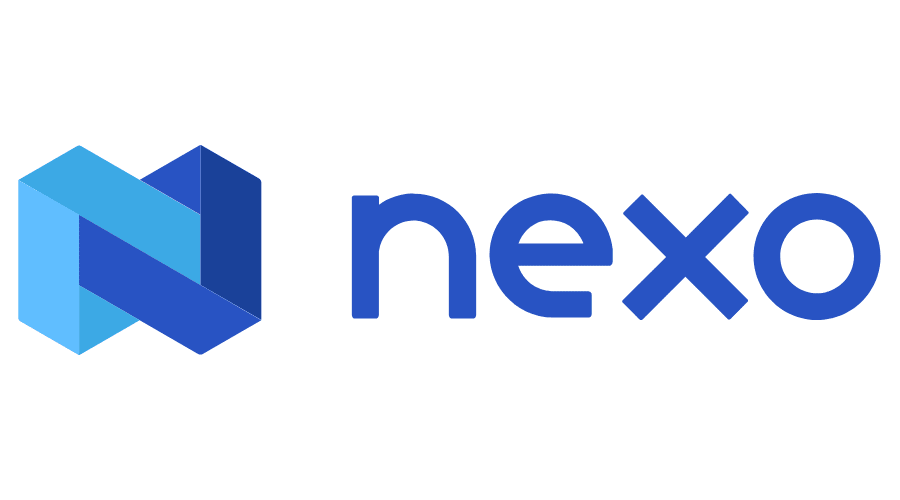
By offering fast cryptocurrency-backed loans, Nexo bridges the gap between traditional finance and DeFi.
Nexo appeals to DeFi lenders and borrowers with features such as an Earn program that pays high rewards on various cryptocurrencies.
Final Thoughts
Decentralized finance (DeFi) lending and borrowing services are gaining popularity because they provide several benefits over traditional financial institutions.
DeFi lending and borrowing services enable users to lend and borrow crypto assets without requiring a third party, such as a bank or other financial institution.
This means that customers can obtain loans and earn income on their investments without completing a lengthy application process or paying expensive fees.
